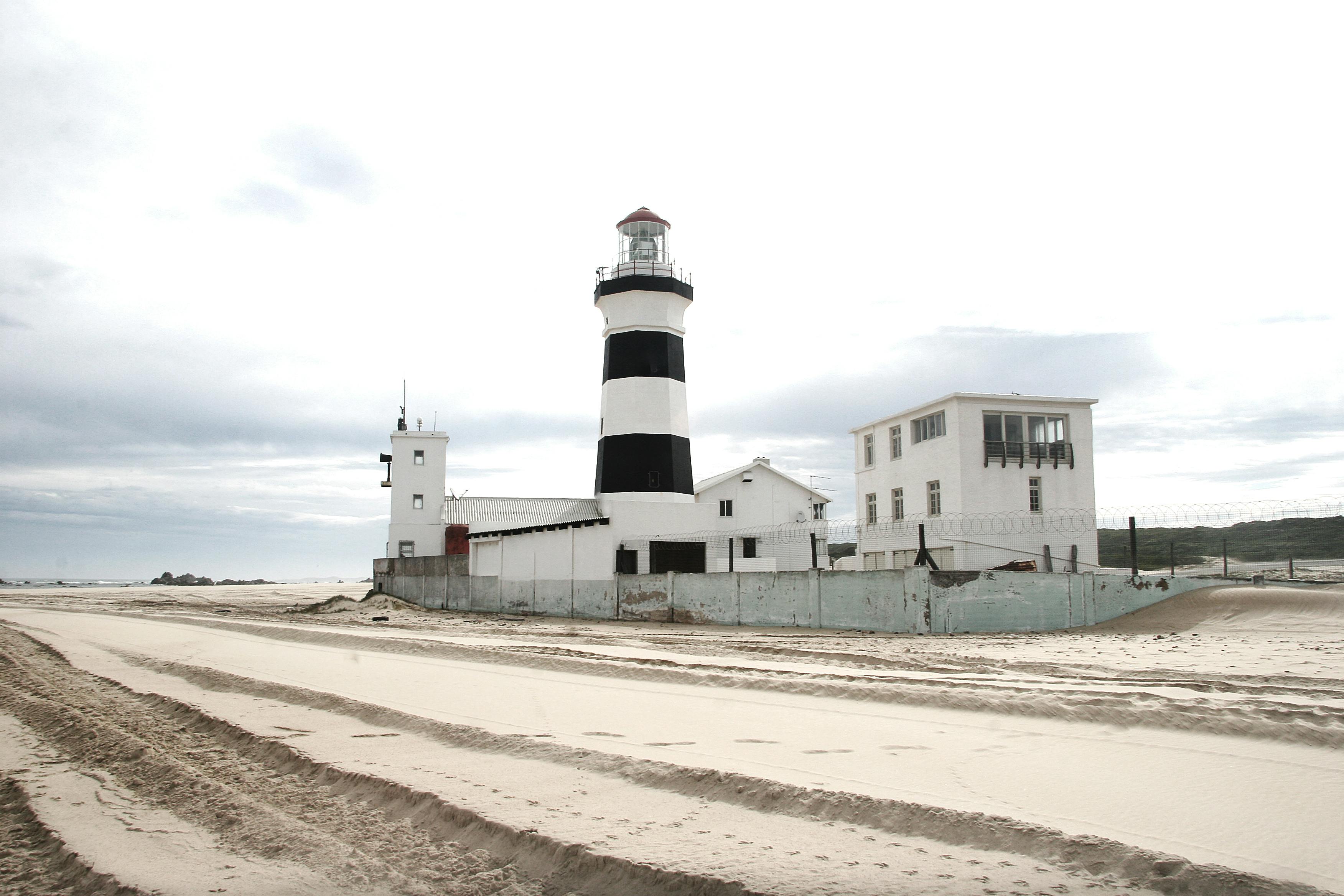
Introduction to Building Materials: Sand and Ballast
In the world of construction, materials are everything. The quality of a building stems directly from the materials used in its construction. Among the most crucial elements are building sand and ballast. While at a glance, these components may seem trivial, they are fundamental to the integrity and durability of a structure. Our comprehensive guide seeks to illuminate the properties and uses of these essential construction materials.
Understanding Building Sand: Composition and Usage
Building sand, or sharp sand as it's often referred to, boasts a gritty texture, which is largely contributed by the multi-sized granules it contains. It's these granules that aid in achieving a firm and robust solidity when mixed with cement. This quality gives sharp sand its edge in construction applications, earning it front row seats in the manufacturing of concrete, screeds, and mortar for bricklaying.
Apart from its usage in construction, sharp sand also enjoys relevancy in landscaping. Renowned for its excellent drainage properties, this variety of sand is a preferred choice where waterlogged conditions are not desired, such as in gardens and sports fields.
Diving into the Details of Ballast
Ballast, on the other hand, is a mixed aggregate that generally comprises sharp sand and gravel. The blend includes varying granule sizes that fill in gaps, creating a packed and dense mix. This assembly makes ballast an excellent choice in the manufacturing of concrete. Combined with cement, it helps establish a powerful and weather-resistant construction material.
The density of ballast allows for the creation of heavy yet balanced structures. It's commonly used in applications that require a firm and heavy base, such as foundations and road construction. Understanding the distinctive features of ballast brings to the fore its unique role in building and construction.
Differences Between Building Sand and Ballast
While building sand and ballast may be a part of the same construction family, their attributes cause them to be used for different purposes. Building sand tends to be finer and is primarily used for its cohesive properties. In contrast, ballast, with its mixed and denser aggregate, provides structural support.
The decision between building sand and ballast thus depends on the particular needs of a construction project. The firm texture of sharp sand makes it ideal for applications requiring robustness, such as concrete and screeds, or for improved drainage. Meanwhile, for tasks requiring dense and heavy materials, such as in the creation of a sturdy foundation, ballast is the go-to material.
Final Thoughts: The Power of the Right Material
A building’s strength lies in the details—right down to the granules of sand and the density of the ballast used. Understanding the unique properties and uses of building sand and ballast is fundamental to achieving reliable and durable construction results. This guide serves to underscore the enormous value that these seemingly simple materials bring to the table in the world of construction.
As you embark on your construction journey, taking the time to understand the properties of the materials at hand can make all the difference. Remember, your choice between building sand and ballast will be primarily driven by your project’s specific needs. So let’s build wisely, starting from the ground up, because it all begins with sand and ballast.